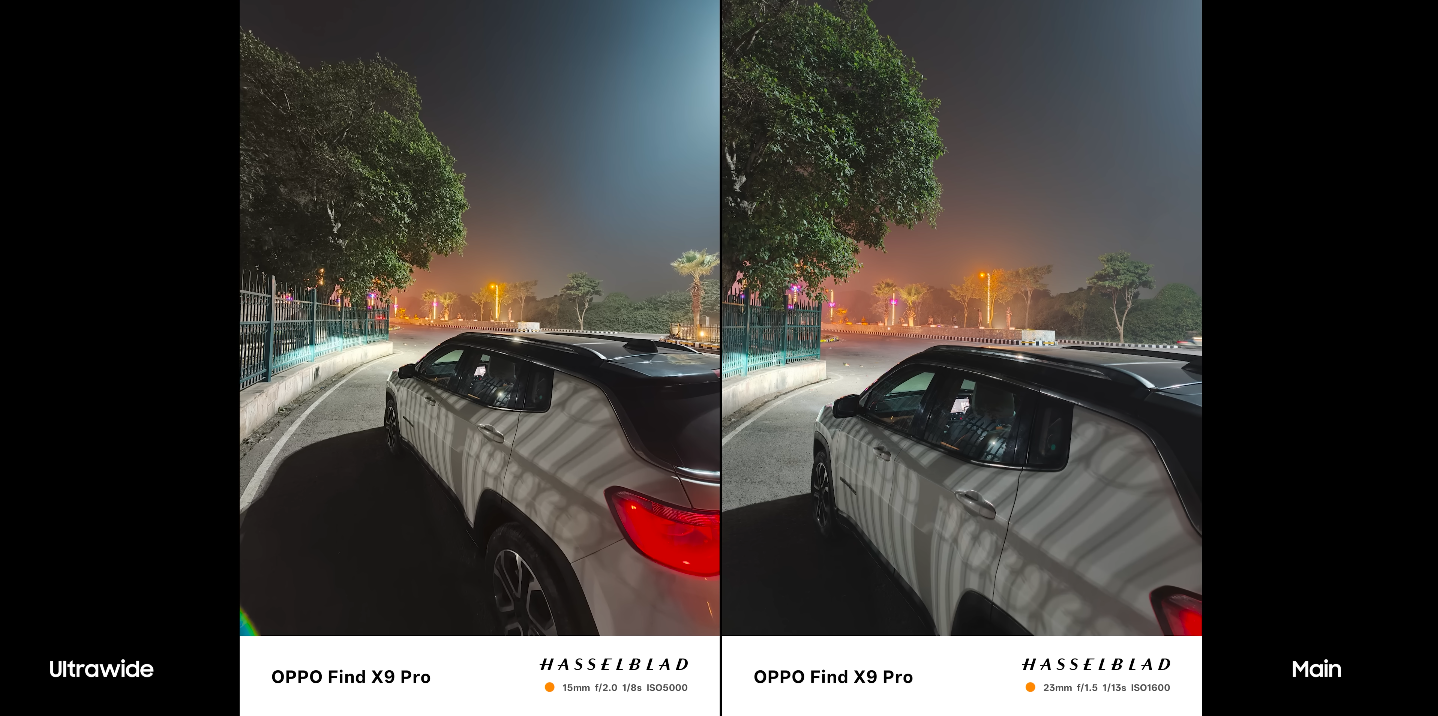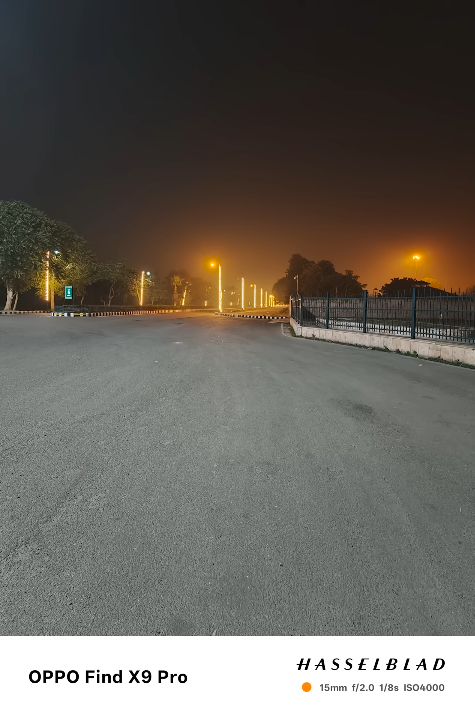OPPO Find X9 Pro camera software quality: Hasselblad tuning – real difference?

Understanding the Impact of Hasselblad Tuning on the Find X9 Pro
The OPPO Find X9 Pro arrives with a strong focus on camera performance, and much of its appeal comes from the collaboration with Hasselblad. Many new owners are asking whether this partnership makes a real difference or if the improvements are subtle. The early findings suggest that the tuning does influence image quality, but the extent depends on how you use the camera day to day.
One of the clearest benefits comes in colour accuracy. The Hasselblad tuning focuses heavily on producing more natural-looking tones, especially with skin and outdoor scenes. Early testers have noted that the colours appear more balanced and consistent compared to previous OPPO models. This consistency across all three lenses gives the camera system a more professional and unified feel.
Image processing also sees improvements through OPPO’s updated software engine. The phone enhances dynamic range, handles highlights more smoothly and reduces noise in challenging environments. These adjustments matter most when shooting in mixed lighting, where many smartphones struggle. The Find X9 Pro tends to capture more detail while keeping contrast under control, giving images a polished look.

The telephoto lens is another area where users have seen meaningful gains. With a 200MP sensor and advanced processing, zoomed shots hold more detail than you might expect from a smartphone. Early photographers have described the results as closer to a compact or travel camera, especially when taking portraits or distant subjects. The tuning helps maintain clarity and colour consistency even at higher zoom levels.
However, the differences are not always dramatic for everyday photography. In bright daylight or simple indoor shots, the improvements may feel incremental rather than transformative. Many ultra-premium phones already perform well in these conditions, so the Find X9 Pro’s edge becomes more noticeable when the lighting is harder or when switching between multiple lenses quickly.
Low-light performance also benefits from the software tuning, though physics still plays a role. The camera manages noise effectively and can produce sharp results with minimal blur when subjects are still. That said, fast-moving subjects or extremely dark scenes will challenge any phone, and the Find X9 Pro is no exception. The tuning helps, but does not eliminate all limitations.
Users also note that the Hasselblad tuning introduces a more natural photographic style. Instead of boosting saturation or sharpening aggressively, the phone aims for a smoother, more film-like finish. This approach appeals to photography enthusiasts but may feel less striking to those who prefer more vibrant, ready-to-share images. Personal preference plays a strong role here.
The camera app includes Hasselblad-inspired interface touches, such as custom shutter sounds and colour profiles. These additions enhance the user experience but do not affect output quality directly. They contribute to the premium feel of the camera but are more aesthetic than functional. Still, they help set the Find X9 Pro apart from other Android phones.
One optional accessory, the teleconverter lens, has attracted mixed reactions. While it extends zoom capability, early users say it adds weight and bulk, making it less practical for casual use. The tuning works well even without the accessory, so most owners may never need it. It’s useful for specialised shooting but unlikely to become a daily tool.
Overall, the Hasselblad tuning does deliver meaningful improvements, especially in consistency, colour handling and dynamic range. These benefits are most noticeable for users who take a wide variety of shots or enjoy adjusting settings manually. Casual photographers will still enjoy excellent results, but the difference may feel subtle unless they compare side-by-side with older models.
The Find X9 Pro positions itself as a photographer-focused flagship, and the tuning helps it achieve that goal. The improvements are real, but they shine brightest when you explore the camera’s full capabilities. If you appreciate natural colours and balanced processing, you will likely notice and enjoy the enhancements. If you mainly take quick snapshots, you will still get strong performance, though the added tuning may feel less essential.






